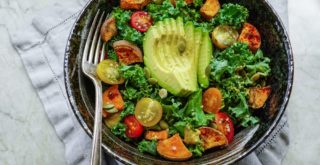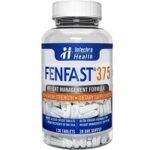Salt is an integral part of our diet. No matter what you eat, whether vegetables, meat, or processed food, it always contains some proportion of sodium/salt. Our taste buds have adapted to a rich in salt diet that’s not that easy to revert. Our main course meals are incomplete with a particular amount of salt. We like the taste and we are dependent on it, so much so that often we don’t even realize we are eating more salt than is necessary for our body.
Salt is important for the body as it helps in sustaining an optimal balance between the minerals and water in our body. The presence of salt in our diet ensures a balance which is crucial for our body to perform its functions smoothly. If the body fails to maintain a balance, the risk of high blood pressure increases significantly. This can lead to many diseases, including heart attack and stroke. The average daily requirement for salt is around 2,000 milligrams. But we often forget the count, so to ensure your health, a low salt diet is recommended.
Cutting salt out from your diet can be beneficial for you and your family as it not only protects you from many diseases but enables your taste buds to get accustomed to more raw foods. In order to introduce a low salt diet, you should use the following tips:
- Try to eat as much fresh food as possible. Don’t go for packaged items as most of the times salt is used as a preservative to prevent the food from spoiling. Not only is salt added for preservation but also it is used to improve the taste of the meat, pork, or chicken. It shouldn’t be forgotten that if the meat is of good quality, it will already contain an adequate amount of sodium, so there isn’t any need for extra salt.
- Avoid anything that can be stored for more than a few days. Normally, raw items are not harmed by freezing but an item that can be kept for a month or more is not healthy item because it will definitely contain preservatives.
- Whenever you choose to buy something frozen, meat, fruits, or vegetables, check the labels before and go for items with labels that state ‘frozen fresh’. It means that there isn’t any additional layer of salt on them. However, it is a good idea to go for fresh and organic items rather than canned or frozen food.
- If you are buying processed or packaged foods, read the label before making any purchase. If the sodium or salt content is high, look for an alternative with low salt.
These are just a few of the many tips but starting small is the key to maintaining any diet and the low salt diet isn’t any different. So, take baby steps and begin a new journey towards a healthy body.




















